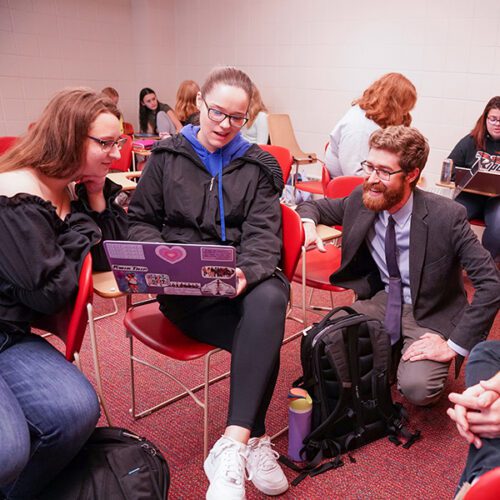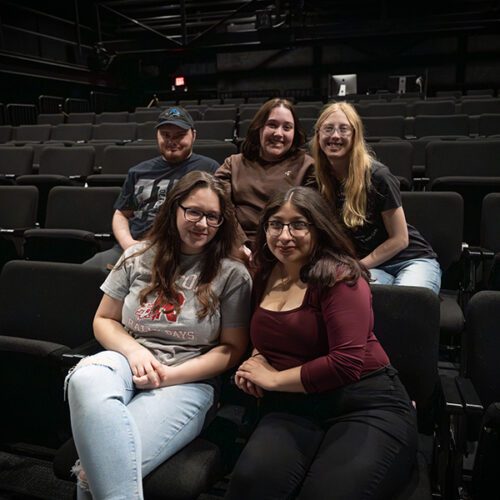The Intern Diaries: Derek Saxon
 Derek Saxon is a junior chemistry major from Iron Mountain, Michigan. He is conducting research this summer on biopolymers with Professor Dean Katahira of the Chemistry Department at Ripon College as part of his involvement with the McNair Scholars Program. He is one of four Ripon College students sharing their stories of research internships and jobs over the course of this summer.
Derek Saxon is a junior chemistry major from Iron Mountain, Michigan. He is conducting research this summer on biopolymers with Professor Dean Katahira of the Chemistry Department at Ripon College as part of his involvement with the McNair Scholars Program. He is one of four Ripon College students sharing their stories of research internships and jobs over the course of this summer.
Sugar Deficient
Finally have I been able to perform an experiment instead of straining my eyes staring at words all day! I decided to focus on an area of chemistry/biology that has been studied extensively, but not in the biopolymer world: carbohydrates.
Sure, cellulose and starch are technically biopolymers, but they are made within cellular organisms, not synthetically. I am working on trying to mimic the qualities of cellulose using simple sugars. Even though cellulose is the most abundant polymer in the world (because it is the main component of cell walls in plants), producing a polymer of this kind in the lab is quite difficult.
In a glass tube that was heated by a furnace, I heated sucrose (table sugar) under nitrogenous conditions so other oxidation reactions would not occur (shown below).

This basically means I replaced the air in the tube with nitrogen. So I heated the sucrose and ended up with this substance resembling charcoal. This was peculiar to me, so I tried it again with the same result. I then realized sucrose is not a reducing sugar, possibly affecting my results, so I tried using the reducing sugar fructose under the same conditions. Again, I obtained this charcoal-like material. I wasn’t really sure why this was happening.
Well I learned that when you heat sugar, it melts and then caramelizes. When it caramelizes, oligomers form, which are like polymers, except they are only a few units long (the single units are called monomers). If you continue to heat past a critical point, the carbon bonds are broken and you are left with a product similar to charcoal.
What I plan on doing next is reconfiguring my experimental setup so I can control the temperature. From here, I am hoping to be able to work with the oligomers and catalyze them so they form high-molecular weight polymers, such as cellulose.
Related Posts
Lia Haile ’26 honored for work in community service
Lia Haile ’26 of Manitowoc, Wisconsin, has been inducted into the Carson Scholars Alumni Hall of Fame. The Carson Scholars Fund awards scholarships based on […]
Servant Leadership Fellows program launched for students
A new Servant Leadership Fellows program has been announced by Nicholas Eastman, Pieper Chair of Servant Leadership and associate professor of educational studies. A cohort […]
Article by Patrick Willoughby, student collaborators published in journal
Associate Professor of Chemistry Patrick H. Willoughby and three of his students contributed to an article published in Chemistry: A European Journal. Contributors to “Nitrene […]
Stage management crew of ‘The Spitfire Grill’ wins certificates of merit
The stage management crew for the Department of Theatre’s spring 2024 production of “The Spitfire Grill” was awarded certificates of merit from the Kennedy Center/American […]




